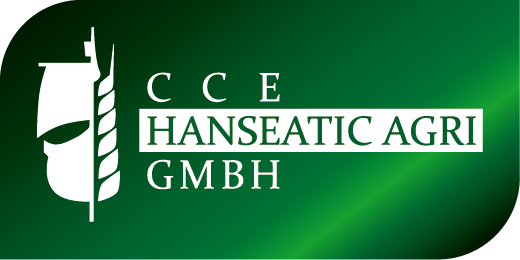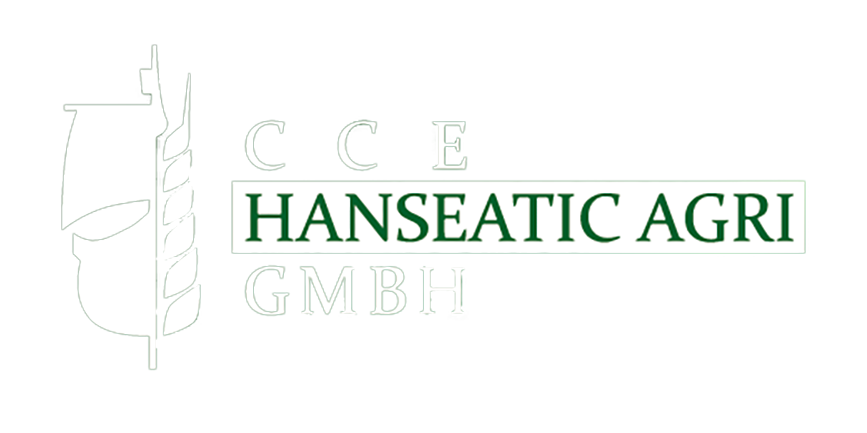In pet nutrition, the creation of wet pet food is a meticulous process designed to ensure the highest safety and nutritional completeness for our pets.
This process starts with carefully selecting high-quality ingredients, often derived from parts of animals not utilized by the human food industry yet rich in essential nutrients for pets.
These ingredients transform a series of carefully controlled steps, from mixing and cooking in hermetically sealed containers to cooling and labeling, ensuring that the final product is safe and beneficial for pet health.
Ingredient selection
The foundation of pet food safety and the quality of wet food, especially dog food, lies in the meticulous selection of ingredients.
This crucial step determines not only the nutritional value but also the safety of the food that pets will consume. Ingredients used to manufacture wet pet food are typically described as animal or fish derivatives or by-products.
These parts of the animal are surplus to the requirements of the human food industry but are highly nutritious for pets.
- Animal Derivatives: These include liver, kidney, lung, and various by-product meals sourced from species commonly found within the human food chain. Such ingredients are essential for a balanced diet, offering a rich source of proteins, vitamins, and minerals tailored to a pet’s dietary needs.
- Fresh or Frozen State: Upon arrival at the manufacturing facility, these by-products are fresh or frozen to preserve their nutritional integrity. This ensures that the wet food retains the maximum possible nutritional value right from the start.
- Additional Ingredients: Alongside animal derivatives, other components such as cereals, vitamins, minerals, oils, fats, grains, pasta, and vegetables enhance the nutritional profile and meet specific dietary requirements. Water is often added to aid processing, contributing to the food’s final texture and form.
Sealing and cooking
The sealing and cooking phase is pivotal in producing Wet foods, ensuring each product meets the highest standards for safe pet food. After the ingredients are prepared and mixed, the can, pouch, or tray is hermetically sealed to maintain sterility.
The sealed package then undergoes a precise cooking process, carefully controlling temperature and cooking duration. This step is crucial for preventing spoilage, optimizing taste, and preserving the nutritional content of the food.
Adhering to strict legislative guidelines, this phase guarantees the wet food’s safety, palatability, and nutritional integrity, ensuring it supports the health and well-being of pets.
Cooling and labelling
Following the cooking process, the next critical steps in manufacturing Pet Foods, including cat food, involve cooling and labeling.
Once the cooking is complete, the products are immediately cooled to ensure they reach a safe temperature for storage and eventual consumption. This cooling phase is essential for maintaining the food’s quality and safety.
Subsequently, the products undergo the labeling process. Cans receive their labels, which include all necessary information about the product, while trays and pouches have the information printed directly onto the packaging.
Storage and distribution
The final stages in the journey of Pet Foods from production to pet bowls are storage and distribution. After cooling and labeling, individual pet food containers are meticulously packed into boxes or trays.
These packages are then stored in warehouses under optimal conditions to maintain their quality and safety. The careful storage ensures that the food remains in perfect condition until it’s time for dispatch.
Once an order is placed, these products are shipped to customers, completing the cycle from production to delivery.
Final Thoughts
In conclusion, the process of producing Pet Foods, from ingredient selection to storage and distribution, underscores the importance of quality and safety in pet nutrition.
Hanseatic-Agri stands at the forefront of supplying high-quality raw materials for pet food production, ensuring each step meets the highest standards.



